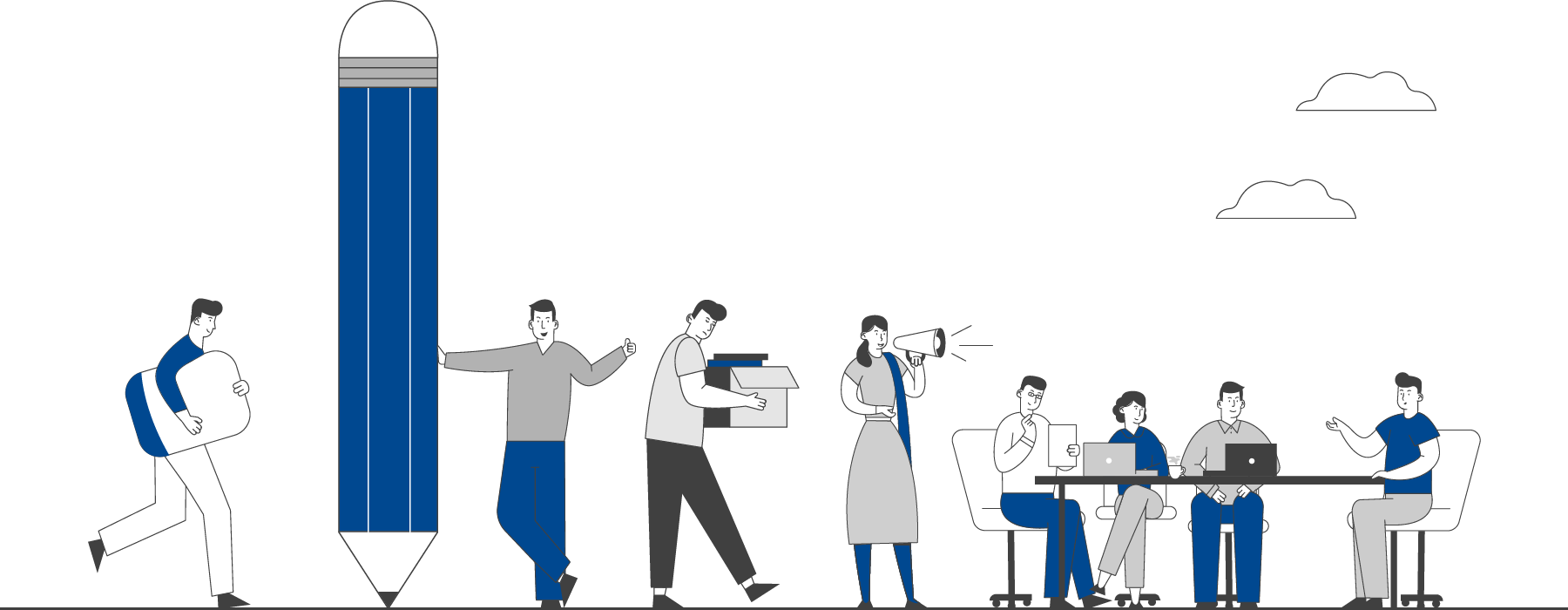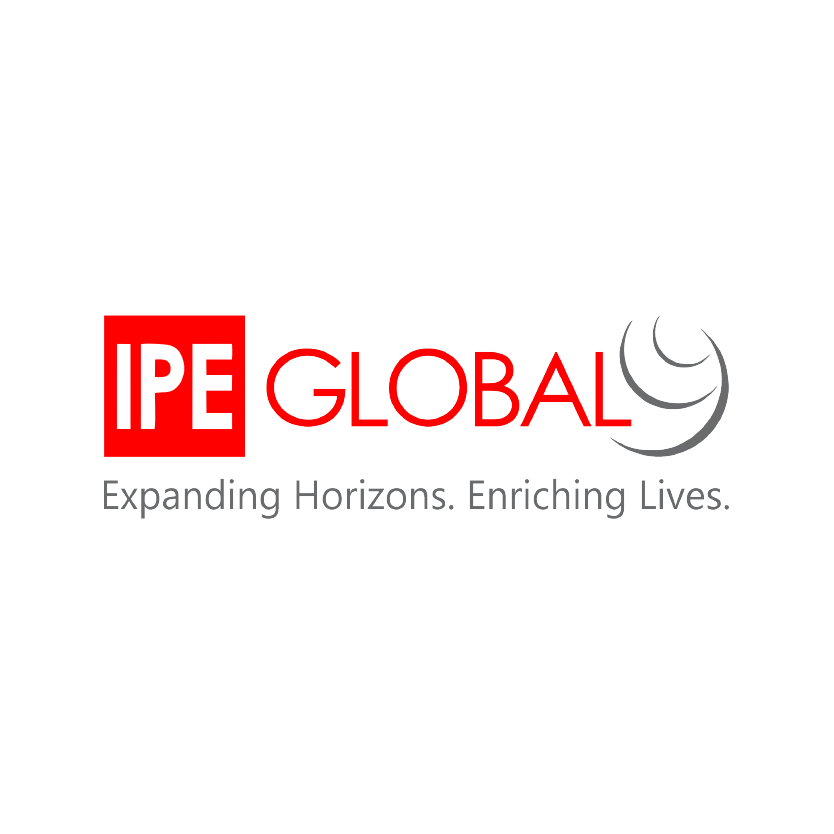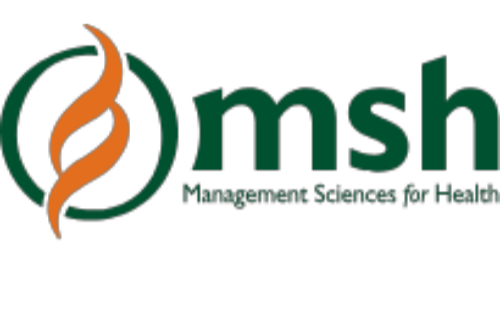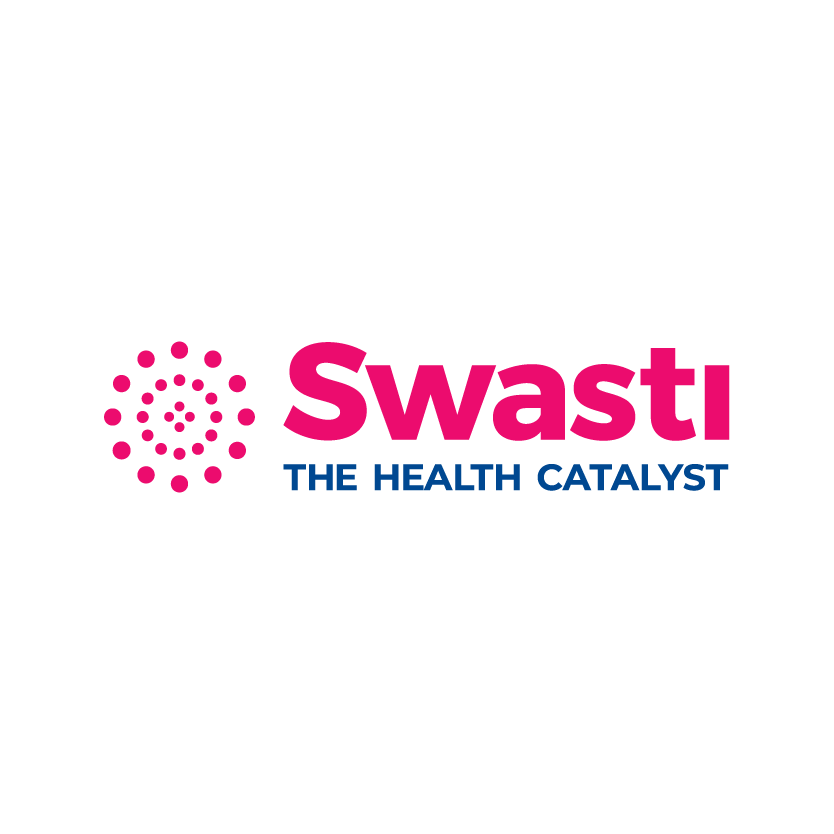

This section presents actionable insights for practitioners from our collaboration of experts.
Analysis
FILTER
BY CATEGORY
View All
Sexual and Reproductive Health - The Situation for the ‘Hijras’
16 Oct 2020by Neha Parikh 7 min
Transgender is a term used to describe people that do not confirm to the binary sex that they were born with (Gupta and Sivakami, 2016). In India however, there is centuries’ old tradition of gender variant males from mythology to historical texts like the ‘kamasutra’. These gender variant persons are called by various names, dependent on the state and culture they come from, such as Hijras or Kinnars, Aravanis/Thirunangai, Jogtas/Jogappas/Jogtihijra, and Shiv-Shakthis (UNDP, 2014).
The first official count of ‘Hijras’ was done in 2014 and was pegged at 490000, however activists claim the number of castrated hijras to be almost 2 million (Diehl et al., 2017). Although most Hijras are transgender women (male to female), they are considered in public health programming as MSM (men who have sex with men) due to their behavioural characteristics (Chakrapani, 2010). However, Hijras have unique identities, and classifying them under these broader categories takes away from the complexities and tradition that define their history, making it difficult to tailor interventions suited to their culture. The term ‘Hijra’ is used in this article to maintain their unique identity under the transgender umbrella.
Looking beyond HIV
Hijras are particularly vulnerable to a range of health challenges, given their unique risk factors and a lack of targeted programming in the health system. The third National AIDS Control Programme (NACP) identified Hijras and transgenders as an at-risk group for HIV with the current HIV prevalence among Hijras being 8.8%, which is about 20 times higher than the national average prevalence of 0.4% (UNDP, 2014). While HIV remains the core focus of care for Hijras, they suffer from a complex set of problems that need addressing. Syphilis is the most common sexually transmitted infection despite high condom use among them (UNDP, 2014). The Hijra emasculation surgery that is a milestone of their life is carried out by senior community members and often leads to high mortality (Diehl et al., 2017). The use of breast augmentation, surgical emasculation and hormonal therapy is hampered by lack of awareness, access, expenses and stigma, leading them to self-medicate with over-the-counter oral contraceptives to feel effeminate (Diehl et al., 2017). Increasingly customized interventions involving community-based organizations (CBO) are being implemented to include Hijras in HIV interventions, which must also focus on broader sexual and reproductive health issues.
Addressing the health requirements of Hijras needs to be mainstreamed. India has no regulation that refuses access to Hijras in the public health system, however no dedicated services are provided for them. In 2014-15, the coverage of services to MSMs was 68%, but inequality, discrimination, stigma, verbal and non-verbal abuse are still major barriers to access (Tanwar et al., 2016). Lack of education and familial support, the need for frequent migration due to familial instability, and the search for job opportunities often push Hijras into sex work, with most starting transactional sex on average at 16.5 years, lower than the consensual age for sex in India. This outcome highlights the need to reach them through mainstreaming services and social protection programs. Men who have sex with Hijras are likely to have sex with women as well (UNDP, 2014), signifying the complex structure of interventions needed beyond HIV detection. While attitudes of government staff have increasingly been changing both in service and counselling, there needs to be a holistic approach to health and well-being that goes beyond the current HIV focus.
Policy is only the first step
A landmark judgement by the Supreme Court in 2014 recognised the ‘third gender’ status of Hijras and other transgender groups upholding human rights of equality, freedom from discrimination, self-expression and autonomy (Diehl et al., 2017), and directed stakeholders to identify and rectify issues such as public toilets and use of health facilities, giving them equal rights to jobs, education and social benefits. Furthermore, in 2018, the Supreme Court abolished Article 377, a law introduced by the British colonial rule, thereby striking down the ban on homosexuality and recognizing it as harassment for the LGBTQ community (Roy, 2018).
States are now forming welfare boards for Transgenders. For example, Kerala announced a policy by the Department of Social Justice to provide access to socio-economic development, identity and freedom of movement (Gupta and Sivakami, 2016). For the first time, the Planning Commission of India, in the draft of its 12th 5 year plan, recommended that “the health policy must focus on the special requirements of...lesbian, gay, bisexual, and transgendered (LGBT) community” thus including them in the National Health Mission agenda (MoHFW, 2012).
The threat with COVID
With COVID-19, the access for ‘Hijras’ to basic sexual and reproductive health is likely to be a challenge. Pre-existing inequalities that prevent vulnerable groups from accessing healthcare are further exacerbated in the pandemic. Studies have shown that the impact of public health emergencies such as pandemics on sexual and reproductive health (SRH) are often underestimated because they are not the immediate outcome of the infection, but the indirect consequence of disruptions to services and health system upheavals (WHO, 2020). The COVID-19 pandemic has created additional constraints that intersect with existing vulnerabilities for ‘hijras’ and the pandemic induced disruptions to their lives and health system functions can cause a bigger impact on these vulnerable groups. Initial findings from a study being conducted at Swasti, reveals incidences of disruptions in medicine availability, transportation issues and fear of COVID among some issues that affect health seeking among Hijras.
Hijras are subjected to regular income insecurities, inaccessibility to WaSH facilities, poverty and the potential for increased displacement, violence and conflict. This has traditionally made access to SRH care a challenge. In the wake of these realities, it is critical that clinical services and social protection programs make additional efforts to have human rights centred, community driven approaches to prevent complex health and social adversities for the Hijra community.
Neha is a Technical Specialist at Swasti Health Catalyst, with focus on health system strengthening. She’s interested in building equitable health systems, bringing health policy reform and universal health coverage.
References:
CHAKRAPANI 2010. Hijras/Transgender Women In India: HIV, Human Rights And Social Exclusion. India: United Nations Development Programme (UNDP), India
CHAKRAPANI V, NEWMAN P. A, SHUNMUGAM M & R, D. 2011. Barriers to free antiretroviral treatment access among kothi-identified men who have sex with men and aravanis (transgender women) in Chennai, India. AIDS Care, 23, 1687-94.
DIEHL, A., VIEIRA, D. L., ZANETI, M. M., FANGANIELLO, A., SHARAN, P., ROBLES, R. & DE JESUS MARI, J. 2017. Social stigma, legal and public health barriers faced by the third gender phenomena in Brazil, India and Mexico: Travestis, hijras and muxes. International Journal of Social Psychiatry, 63, 389-399.
GUPTA, A. & SIVAKAMI, M. 2016. Health and Healthcare Seeking Behaviour Among Transgender in Mumbai- Beyond the Paradigm of HIV AIDS. Social Science Spectrum Vol. 2, No. 1, pp. 63-79
MOHFW 2012. National Urban Health Mission- 12th Plan (2012-2017), Social Sectors. India: Ministry of Health and Family Welfare (MoHFW), Government of India.
ROY, D. D. 2018. Full Text Of Supreme Court Judgment On Section 377 [Online]. India: NDTV. Available: https://www.ndtv.com/india-news/supreme-court-verdict-of-section-377-full-text-1912373 [Accessed 07/02/2019 2019].
TANWAR, S., REWARI, B. B., RAO, C. D. & SEGUY, N. 2016. India's HIV programme: successes and challenges. Journal of virus eradication, 2, 15-19.
UNDP 2014. HIV and STI Prevalence Vulnerability and Sexual Risk among Hijras and other Male-to-Female Transgender People in India. India: United Nations Development Programme (UNDP).
WHO 2020. World Health Organization (WHO), COVID-19: Operational guidance for maintaining essential health services during an outbreak, 2020, https://www.who.int/publications-detail/covid-19-operational-guidance-for-maintaining-essential-health-services-during-an-outbreak
Categories
Inclusive Development

 EXPLORE DATA
EXPLORE DATA 



























